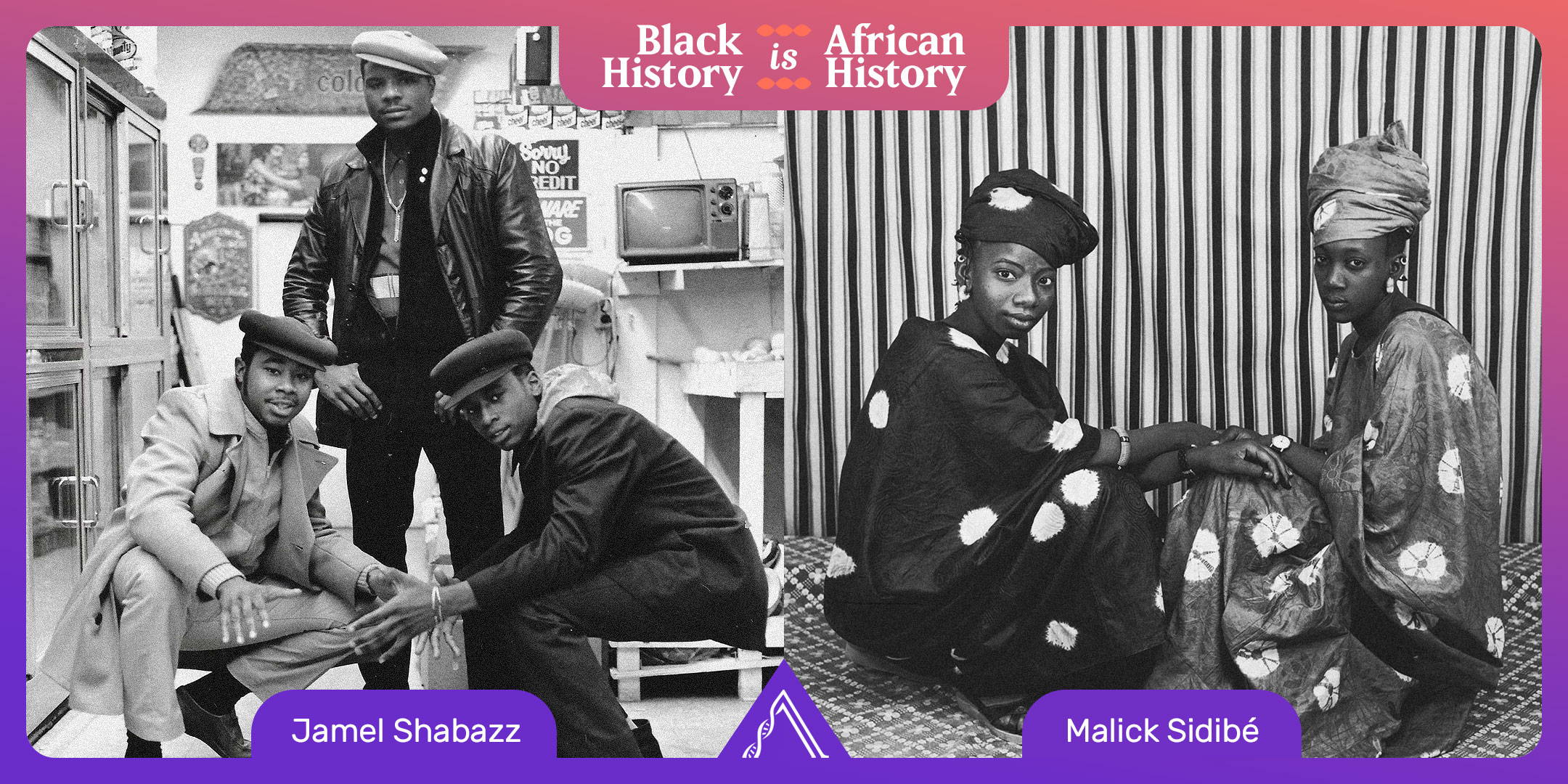February is our favorite month of the year.
Why? Because it’s Black History Month!
We all know that Black History Month was the result of Carter G. Woodson’s efforts to ensure that all Americans are educated about the untold history and overlooked achievements of Black Americans.
When Woodson started Negro History Week in 1926, he hoped that as the nation learned about the numerous contributions of Black people, Black people would be treated with the dignity and respect our humanity demands and deserves.
A goal of Negro History Week was to not only change the hearts and minds of White people, but Woodson hoped that Black people’s knowledge about our history would inspire and empower us toward future achievements.
“Those who have no record of what their forebears have accomplished lose the inspiration which comes from the teaching of biography and history.”
Woodson understood that this history did not start on the shores of this land with our ancestors in chains. He had a deep appreciation of the profound history and innumerable accomplishments of our African ancestors and believed that sharing this information was critical for the advancement of Black people. From the very inception of Woodson’s efforts to celebrate and amplify Black history, there was a strong relationship between Black history and African history.
Our African identity foundationally supports our achievements wherever our ancestors were scattered across the Diaspora. The ways in which the accomplishments of Black people continue to be reflected in the achievements of African people across the continent makes the connection undeniable.
We believe that Black History is African History and African History is Black History. Any celebration of one culture inherently includes the celebration of both and we’re here for it all!
As we begin Black History Month, we highlight some powerful examples of the connection between notable individuals in African history and their reflections in Black history, and vice versa, as a way to honor both.
These examples are a sampling of the numerous ways in which the connection between Africa and Black America is clear. The reflection and representation are undeniable. We invite you this month, and every month, to keep making the connection and continue to celebrate Black history and African history.
Knowing where you're from is a critical component of knowing who you are.
Find those missing pieces of your identity with this transformative and powerful experience.




